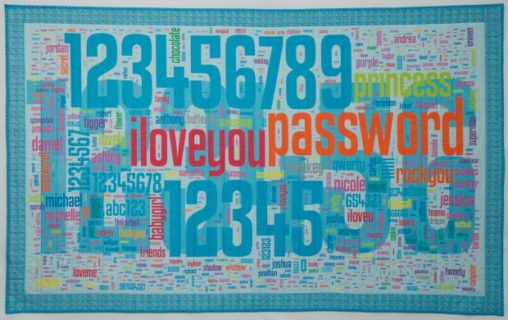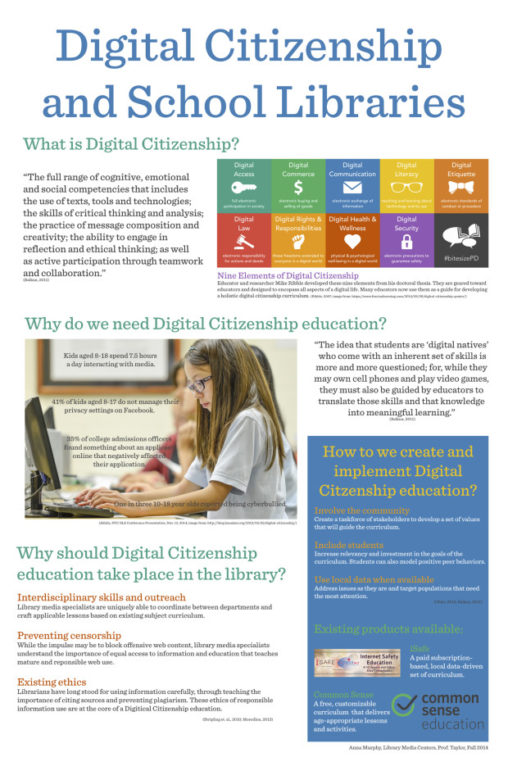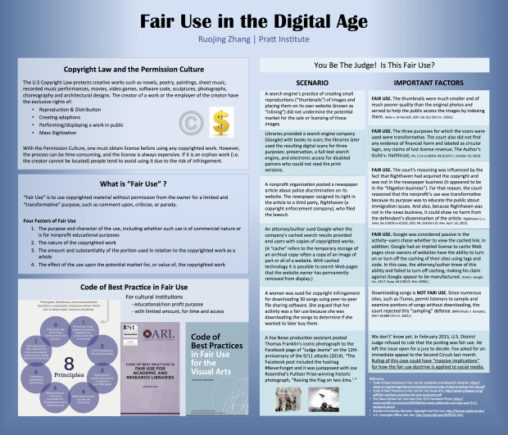Page 25 of 33
In LIS 680, this small group developed a walking tour of Greenpoint in collaboration with Brooklyn Connections, an educational program at Brooklyn Public library that uses primary source resources from the Brooklyn Collection to teach history and information literacy to Brooklyn students. By using primary source documents from the past and matching them with present-day locations, then plotting them on a map using History Pin, the students have created a resource and accompanying lesson plans that Brooklyn teachers can use.
The Brooklyn Connections PSA is a short video designed to encourage teachers to participate in the Brooklyn Connections program at Brooklyn Public Library with their classes. By exploring the programs mission and goals, and showing some of the fantastic projects completed with primary sources with the BC staff, this small group created a PSA that will be used by BC to promote their program on their website.
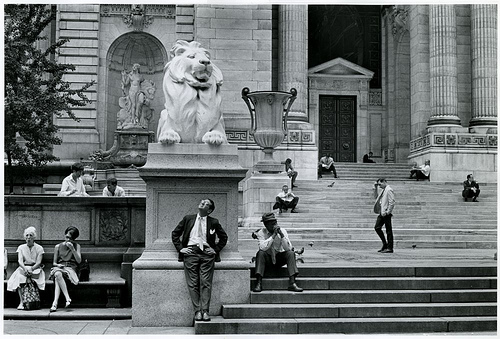
This presentation addresses the question of access to the library by people experiencing homelessness from an intellectual freedom/equitable access perspective. Rather than providing legal advice or policy prescriptions, I look at this from an ethical perspective and explore whether it is ever justified to block someone’s access to information.
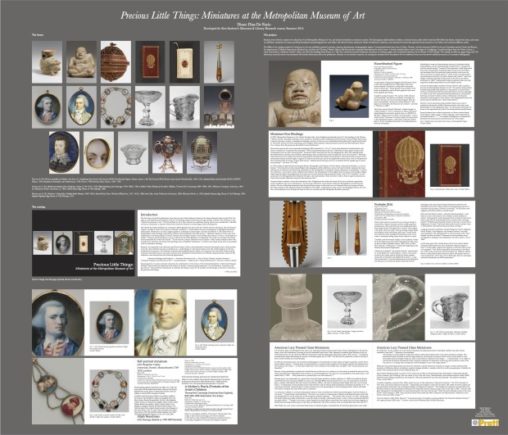
Research project and exhibition catalog utilizing collections at the Metropolitan Museum of Art. 12 objects selected (including 2 rare books!) from different departments, miniatures as precious objects researched and explained, a catalog designed in InDesign, end product: digital book. Cited 175 annotated references, included descriptions for 17 items.
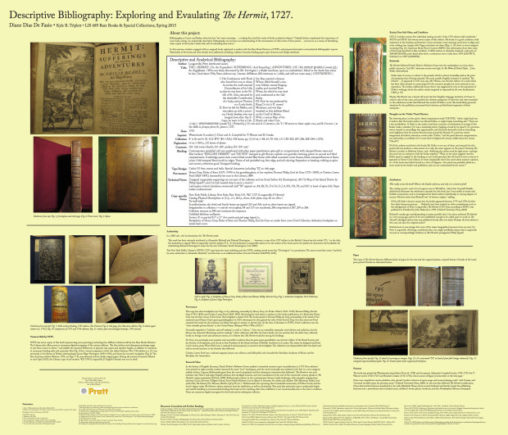
The first English-language Robinsonade to achieve sales of any note, the Hermit (attributed to Peter Longueville, 1727), is explored in detail in this descriptive bibliographical report. A keystone of LIS practice in rare books, descriptive bibliography is, as Terry Belanger notes, “indispensable” (1977). The report will be presented in poster format, with high-resolution color illustrations.
Mobile digital information resources based in special collections! A WordPress-based pathfinder to the history of the American Revolution in New York City (1776-1783), exploring locations in Brooklyn, Manhattan, Staten Island, Queens, etc., and utilizing resources from NYPL special and digital collections. I also created a Google map of important sites.
For a project to archive and digitize audiocassette tapes for the Center for Puerto Rican Studies (Centro), our team took on all aspects of metadata management – from schema/nomenclature creation to digital transfers to project oversight (creating protocols, assigning data entry to classmates) and quality control. We used DublinCore and PBCore, decoded labeling mysteries, and supervised creation and management for over 70 records.
Panel discussion exploring the current methodologies regarding the documentation, description, and management of artist records and their works of art in three distinct professional environments– working with a living artist, working in a foundation, and working in a museum setting.
Introduction to scholarly publishing situation and OAN methods
The idea that writing transmutes our spatial thinking towards progress has been apparent in the skill and pride of scholarly author’s material. In this project, I challenge the cultural operating system of erudition strictly from a written narrative. As we read, we are engineering a deictic shift experiencing a connection to an author’s mental maps, nonetheless how accurate is our spatial analysis? What if a classroom used GIS as a forum for discussion, a place where our mental maps and background knowledge met. I simply ask the question, can GIS produce alternated realities to evoke inquiry altering our predispositions on a topic?
During student teaching LIS 690 Claudio and his cooperating teacher created a portable makerspace called the Maker Basket for the school’s library. The basket has laminated cards with projects ranging from making a friendship bracelet to coding Scratch. The project has been a huge success in the library and Claudio has a thoughtful presentation that includes findings from his review of the maker basket’s first semester and a literature review as well.
For this project, we wrote Python scripts to manipulate data from the Spanish Artists Dictionary, a research resource created by the Frick Art Reference Library. The first portion focused on distilling and organizing data in order to create visualizations using Tableau Public, while the second portion involved using Python to clean and enrich the dataset by matching names against an authority list of subject headings. This presentation will outline the two parts of the project and explain how Python was applied to a cultural heritage dataset.
“This presentation will describe a semester of answer reference questions from incarcerated people.
The presentation will focus on various aspects, including: The right to information as it applies to incarcerated people, Information needs for re-entry, education and leisure, ethical dilemmas for librarians, challenges of a-synchronous reference. “
“How effective are embargoes?
How big of a global environmental problem is overfishing?
Two research projects try to answer these questions by examining legislative, parliamentary and legal sources by focusing on two case studies, one examines the trade embargo on Iran and the other examines overfishing in Somalia.”
The quip “build it and they will come” has never been truer than in the case of bike lanes and bicyclists in NYC. In this presentation I will discuss NYC’s bicycling infrastructure spanning from the birth of the country’s first bike lane in 1894 Brooklyn to the post-Bloomberg infrastructure we enjoy today.
This project centered on the creation of a linked-data friendly JSON-LD schema for storage and retrieval of cemetery records. I used python scripts to query a crowd-sourced database (BillionGraves.com), normalize the data and ingest it in the JSON-LD schema.
